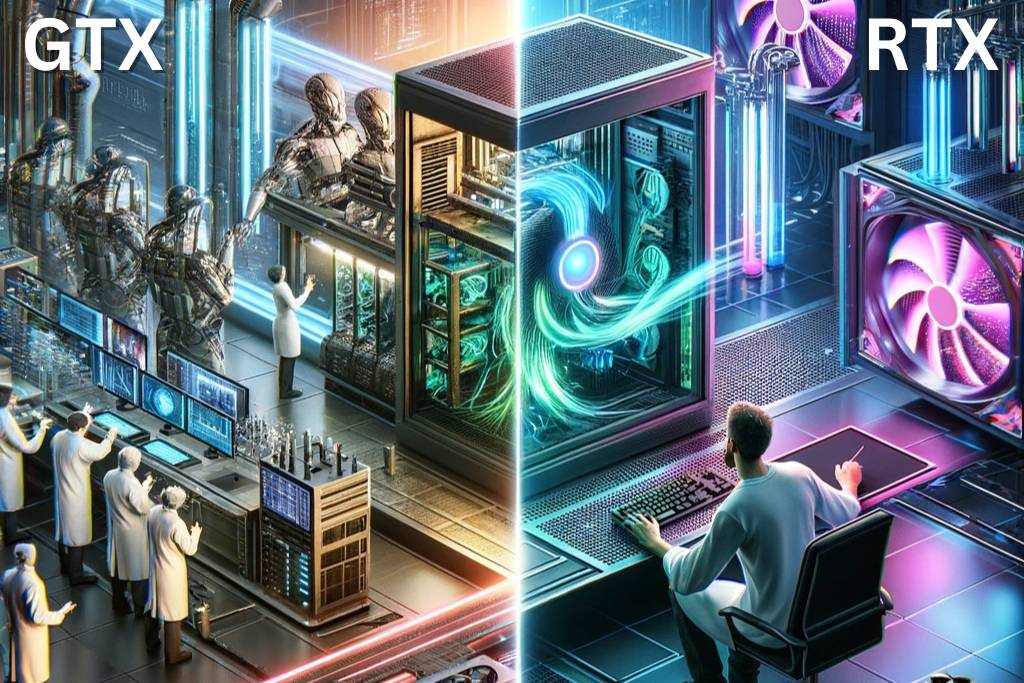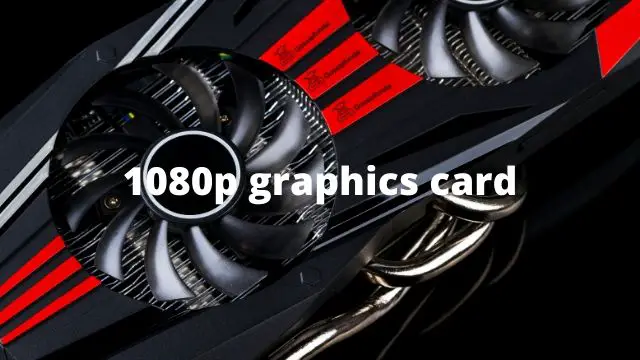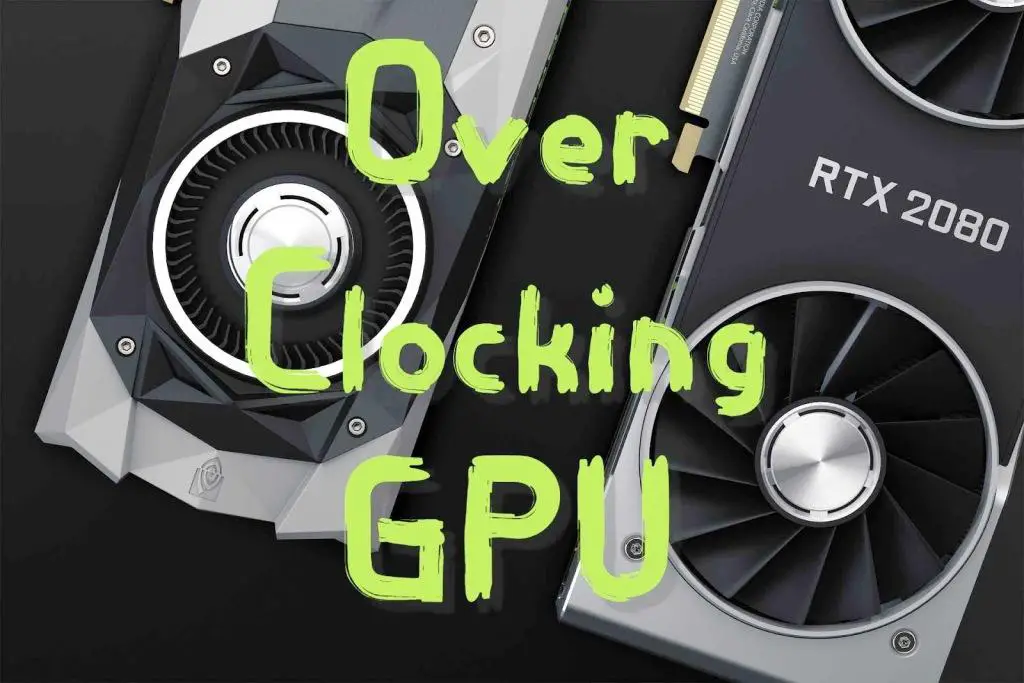
Full form of GTX and RTX
The terms “GTX” and “RTX” are model designators used by NVIDIA for their range of graphics cards, but they don’t have official full forms that stand for specific words or phrases. Instead, these names are part of NVIDIA’s branding strategy for their graphics cards.
- GTX: Traditionally associated with NVIDIA’s mainstream and high-performance gaming graphics cards before the introduction of the RTX series. The “GTX” line is known for its strong gaming performance and has been used for many generations of NVIDIA cards. However, “GTX” itself does not stand for any specific words.
- RTX: Introduced with NVIDIA’s Turing and later Ampere architectures, the “RTX” series represents a leap in graphics technology, especially with the introduction of real-time ray tracing and AI-driven features like DLSS (Deep Learning Super Sampling). The “RT” in “RTX” is generally understood to highlight the ray tracing capabilities, while the “X” is more of a branding choice without a specific meaning attached to it.
The difference
The difference between GTX and RTX series graphics cards, both from NVIDIA, is primarily in their technology and capabilities:
- Ray Tracing (RTX Feature):
- RTX Series: The most significant feature of RTX cards is their ability to perform real-time ray tracing. Ray tracing is a rendering technique that simulates how light behaves in the real world, significantly enhancing the realism of graphics. RTX cards have dedicated RT cores for processing ray tracing efficiently.
- GTX Series: Older GTX cards do not support real-time ray tracing. However, some of the newer GTX models, like the GTX 16-series (GTX 1660, for example), offer limited ray tracing capabilities but lack dedicated hardware for it, resulting in less efficient performance.
- DLSS (Deep Learning Super Sampling):
- RTX Series: RTX cards come with Tensor Cores, specialized hardware designed to accelerate deep learning algorithms. One of the key benefits is DLSS (Deep Learning Super Sampling), which uses AI to upscale images, improving performance in games without significantly compromising on image quality.
- GTX Series: GTX cards do not have Tensor Cores and, therefore, do not support DLSS.
- Performance:
- Generally, RTX cards are more powerful than GTX cards, offering better performance, especially in newer games and applications that utilize ray tracing and DLSS.
- Architecture:
- RTX Series: These cards are based on NVIDIA’s newer Turing or Ampere architectures, which are more advanced, efficient, and powerful than the older architectures used in GTX cards.
- GTX Series: GTX cards are based on older architectures like Pascal and Volta.
- Price:
- RTX Series: As they are more advanced, RTX cards tend to be more expensive.
- GTX Series: GTX cards are generally more affordable, making them a popular choice for budget-conscious gamers and users.
- Target Audience:
- RTX Series: Aimed at gamers and professionals who need the latest technologies for high-end gaming and demanding applications.
- GTX Series: Targeted more towards budget gamers and general users who need good performance but don’t necessarily require the latest features like ray tracing.
Table of comparisons: GTX and RTX with different factors
| Factor | GTX Series | RTX Series |
|---|---|---|
| Architecture | Older (e.g., Pascal, Volta) | Newer (e.g., Turing, Ampere) |
| Ray Tracing | Limited or None (Newer models have basic support) | Advanced real-time ray tracing capabilities |
| DLSS (Deep Learning Super Sampling) | Not Supported | Supported with dedicated Tensor Cores |
| Performance | Good for traditional rendering, suitable for most games and general use | High performance, especially in newer games and applications that use ray tracing and DLSS |
| Price | Generally more affordable | More expensive due to advanced features |
| Target Audience | Budget gamers, general users, entry-level video editing | High-end gamers, professionals in creative fields, advanced video editing |
| Best For | Gaming without the need for the latest features, general computing | High-end gaming, professional graphics work, VR and AI applications |
| Typical VRAM | Less than RTX series, varies by model | More than GTX series, varies by model |
| Driver and Software Support | Frequent updates, more focused on traditional gaming performance | Regular updates with optimizations for the latest games and professional applications |
Which is the best GTX or RTX?
Determining whether GTX or RTX series graphics cards are “best” largely depends on the specific needs and priorities of the user. GTX cards, known for their affordability and reliability, are excellent for traditional gaming and general computing tasks, making them a great choice for budget-conscious gamers or those who do not require the latest graphical features. They offer good performance in most current games and are suitable for general use and entry-level video editing. On the other hand, RTX cards represent the cutting edge in graphics technology, including advanced features like real-time ray tracing and DLSS (Deep Learning Super Sampling). These capabilities significantly enhance the visual fidelity and performance in games and applications that support these features. The RTX series is ideal for high-end gamers, professionals in creative fields, and users who demand the highest level of graphical detail and future-proofing in their hardware. Therefore, the “best” choice between GTX and RTX is contingent on balancing the cost against the need for advanced features and top-tier performance.
In summary, RTX cards offer cutting-edge features like ray tracing and DLSS, along with better overall performance, suited for high-end gaming and professional use. GTX cards, while older and lacking these advanced features, still provide solid performance for gaming and general use, often at a more affordable price point. The choice between the two depends on your specific needs, preferences, and budget.
Awill Guru is a technology enthusiast with degrees in VLSI Engineering (B.Tech, M.Tech) and Android Development. Their passion for education drives them to teach and share knowledge through their blog. He also hold qualifications in Sociology (M.A.) and Education (B.Ed), along with NIELIT O and A Level certifications.


